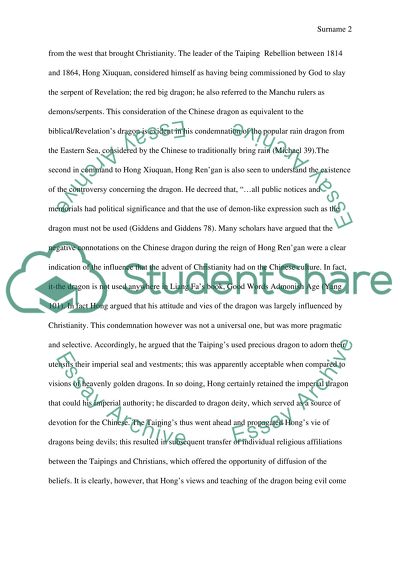Cite this document
(“The Chinese dragon and its influence on Christianity in China Essay”, n.d.)
Retrieved from https://studentshare.org/religion-and-theology/1498060-the-chinese-dragon-and-its-influence-on-christianity-in-china
Retrieved from https://studentshare.org/religion-and-theology/1498060-the-chinese-dragon-and-its-influence-on-christianity-in-china
(The Chinese Dragon and Its Influence on Christianity in China Essay)
https://studentshare.org/religion-and-theology/1498060-the-chinese-dragon-and-its-influence-on-christianity-in-china.
https://studentshare.org/religion-and-theology/1498060-the-chinese-dragon-and-its-influence-on-christianity-in-china.
“The Chinese Dragon and Its Influence on Christianity in China Essay”, n.d. https://studentshare.org/religion-and-theology/1498060-the-chinese-dragon-and-its-influence-on-christianity-in-china.


